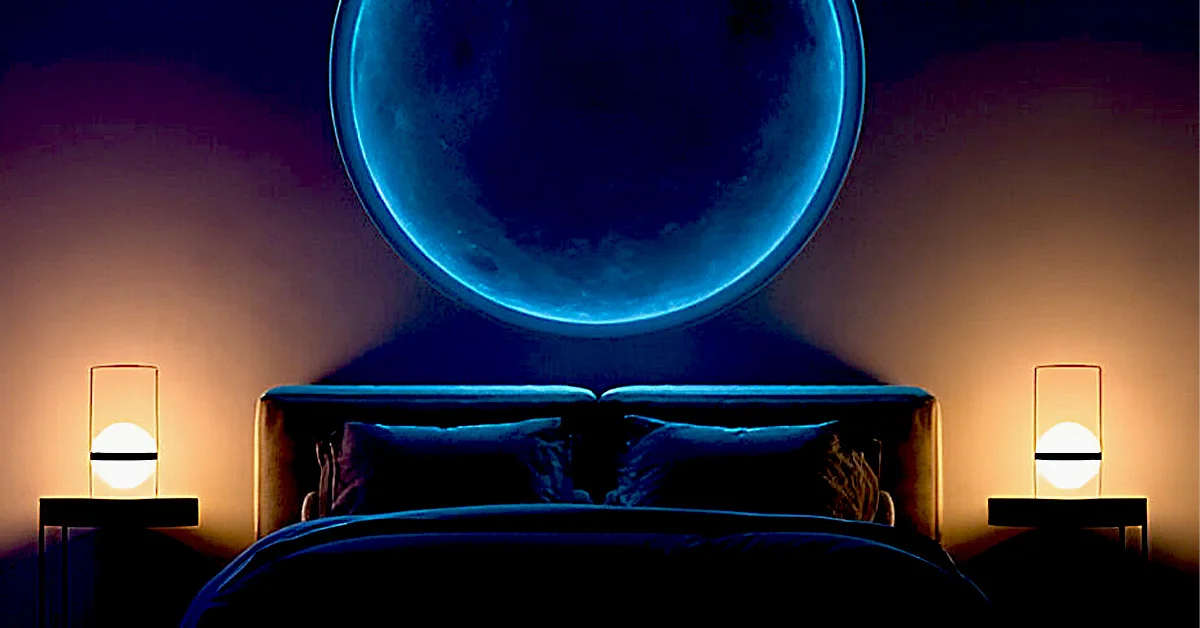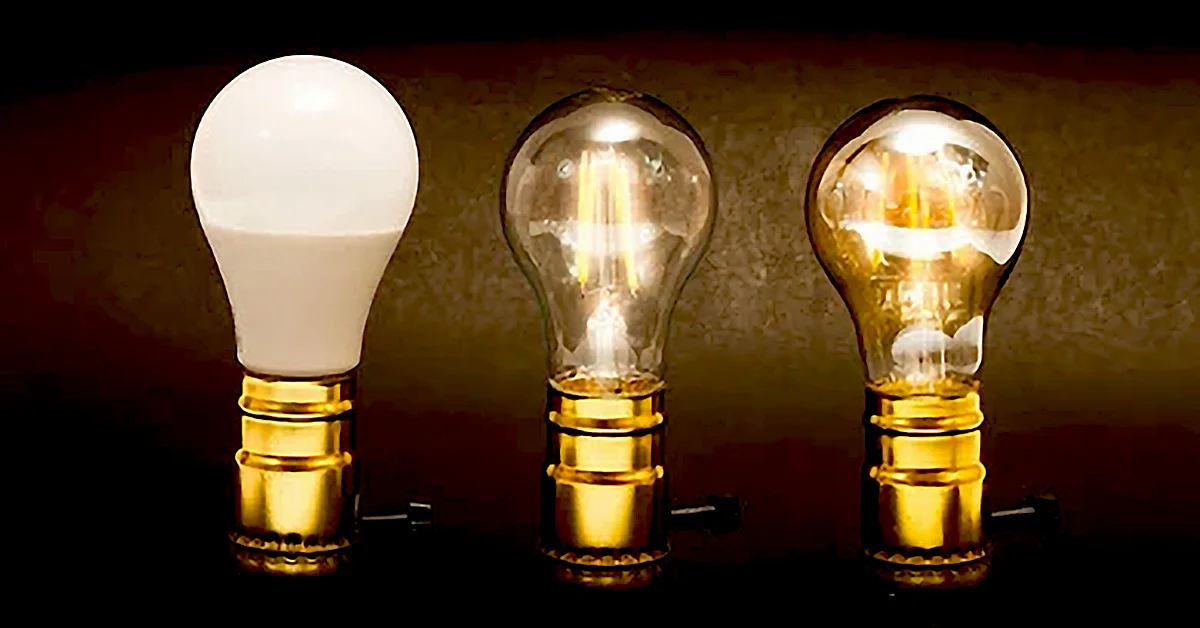Have you ever thought about how people used to light their homes before electricity? What did they use to see and work in the dark? Today, we will check out the fascinating history of lighting from ancient times to the present day.
We will also learn about the different sources of light used by these ancient people and see how man made the journey from simple flames to modern LEDs.
Table of Contents
ToggleWe will also explore how lighting types & technology have changed over time and what impact they created on society & environment.
Pre-Electric Lighting Sources
In the start, a primary source of light for humans was natural light, such as sunlight, moonlight, and starlight. After some time, people learned how to make fire, and people began to produce artificial light by burning wood, animal fat, or other materials.
The fire was not only used for lighting purposes but also cooking, heating, and protection. However, the fire was also dangerous, as it could cause burns, flames, and smoke.
To control fire and improve the quality of light, people invented various devices such as candles, oil lamps, and lanterns. These devices used wicks to burn oil or wax and contained containers or shades to protect the flame and direct the light.
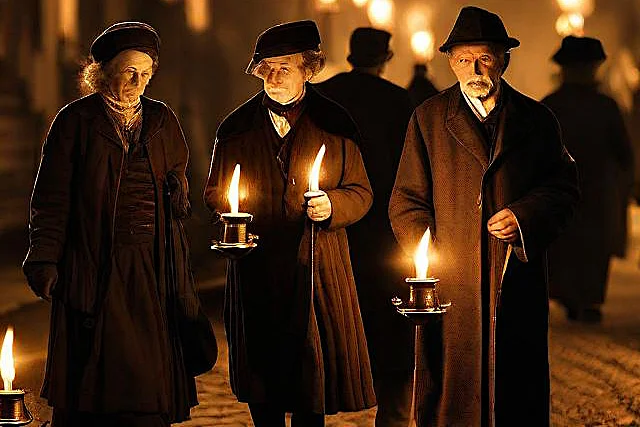
Candles And Oil Lamps Era
To control fire and improve the quality of light, people invented various devices such as candles, oil lamps, and lanterns. These devices used wicks to burn oil or wax and contained containers or shades to protect the flame and direct the light.
Candles and oil lamps were widely used in homes, temples, and public places, often decorated with artistic designs. They were portable and could be easily placed or hung in different areas.
However, pre-electric lighting had many problems & drawbacks like flickering problems, dim light, and fuel availability problems. These devices also produce heat, smoke, soot, and unpleasant odors, affecting the consumer’s health and comfort.
Moreover, these methods were also inefficient, as most of the energy was lost as heat, and a fraction was converted to light.
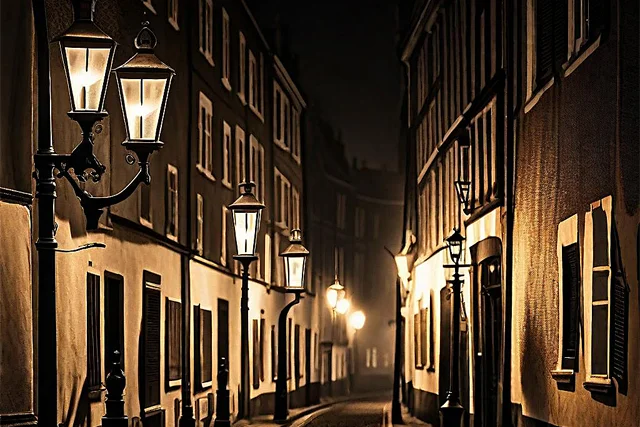
The Era Of Gas Lighting
The next major innovation in lighting technology was gas lighting, which used gas as fuel to produce a brighter and more stable flame.
Gas lighting was introduced in the late 18th century & became common in the 19th century.
The gas lighting came with many advantages. This method provided much brighter & cleaner light & could controlled by the user. It also improved safety and security and enabled longer working hours.
It also improved the appearance and atmosphere of the places. Gas lighting also accelerated the development of industry, trade, and entertainment by allowing more activities and events to the people, even at night.
However, gas lighting also had some downsides and challenges like:
- It was an expensive method that required complex & expensive infrastructure for gas production and distribution.
- It was also dangerous, as the gas could leak, explode, or catch fire.
- It also had environmental impacts, as it consumed large amounts of fossil fuels that emitted greenhouse gases and pollutants.
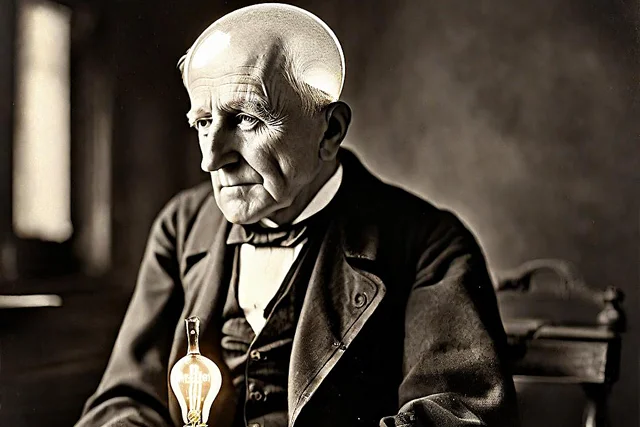
Electric Lighting
The most revolutionary and influential event in lighting technology was the invention of electric lighting, which used electricity to power light bulbs.
Electric lighting was introduced by Thomas Edison in 1879 & soon became popular and became common in the late 19th and early 20th centuries.
Electric light bulbs use metal or carbon wires to produce light by passing an electric current through them.
The electric light bulbs were connected by electric cables and sockets & could be turned on and off with a switch.
The electric lighting had many advantages over gas lighting and pre-electric lighting.It was brighter, safer, efficient, and capable of producing different colored lights and effects.
.It also reduced dependence on fossil fuels for lighting and saved time and money for consumers. Electric lighting also changed the way how people lived and worked as it enabled greater productivity, innovation, and communication.
- It was still expensive and required an integrated system to produce a large-scale and reliable power supply.
- It used fragile bulbs for light, as these light bulbs could easily break or burn.
- It also had ecological and social effects, as it changed the natural cycles of light and dark & also affected the health and behavior of people.

The Modern Age Of L-E-D
The latest development in lighting technology is LED lighting, which uses light-emitting diodes to produce light. LED lighting was first introduced in the 1960s and has become more common and affordable in the 21st century.
LED lights use semiconductors to convert electricity into light without filaments or gas. LED lights are small, durable, and versatile, making them easier to install in various applications and devices.
Advantages Of LED Light
LED lighting has many advantages over electric lighting and other types of lighting.
- It is more energy efficient as it uses less electricity & generates less heat.
- It is also more environment-friendly, as it reduces carbon footprint and waste generation.
- It is also more flexible, as it can dimmed, sharpened, and colored according to the needs and preferences of the users.
- LED lighting also improves light quality and efficiency by providing better visibility, comfort, and safety.
Limitations Of LED Lighting
LED lighting also has some challenges and limitations.
- It is still expensive as it requires high-quality materials and components.
- It is also sensitive and can be affected by temperature, humidity, and voltage fluctuations.
- It also has potential risks, such as it can cause eye strain, glare, or interference with other devices.
Closing Remarks
So today, we explored the history of lighting from ancient times to the present day. We looked at how lighting technology travelled from simple flames to the latest LEDs and how it affected society and the environment at different times. We’ve also gone over the pros and cons of each type of lighting and compared them.
No doubt, light is one of the most vital aspects of our lives and will continue to be so in the future. Hopefully, with the advancement in technology, we will see further improvements in the types and quality of lighting.
We can also hope that affordable, quality, and sustainable lighting will become more accessible to everyone and will be helpful for the further well-being and happiness of all human beings.


